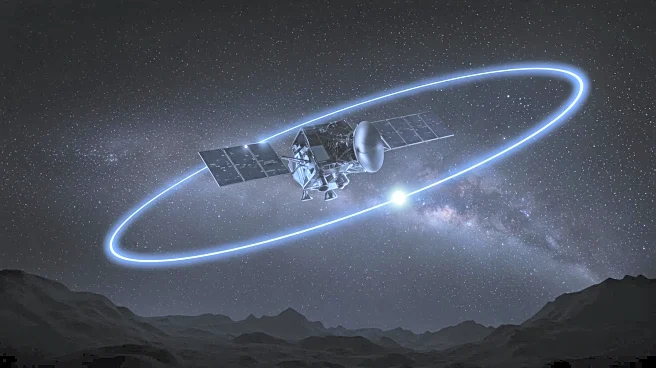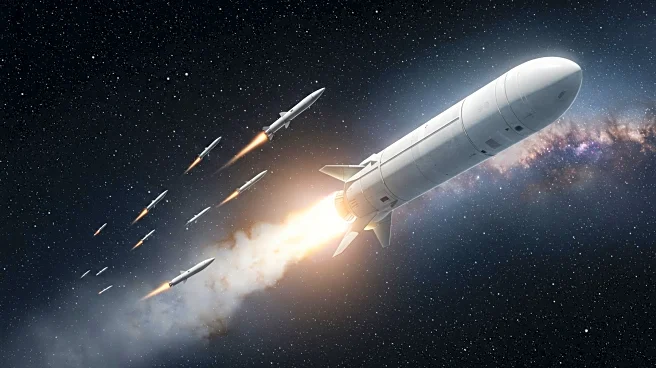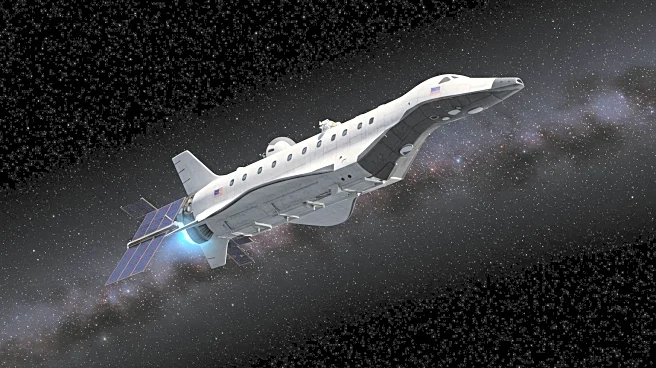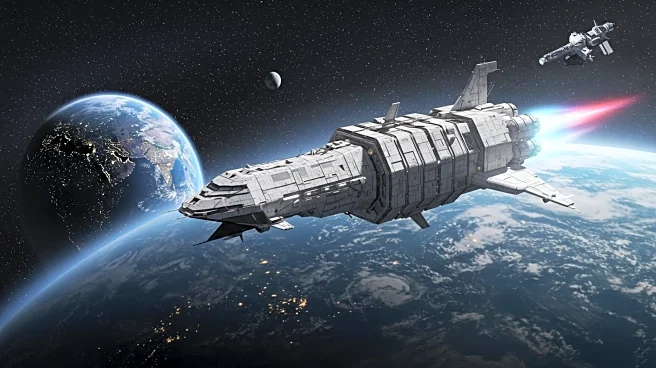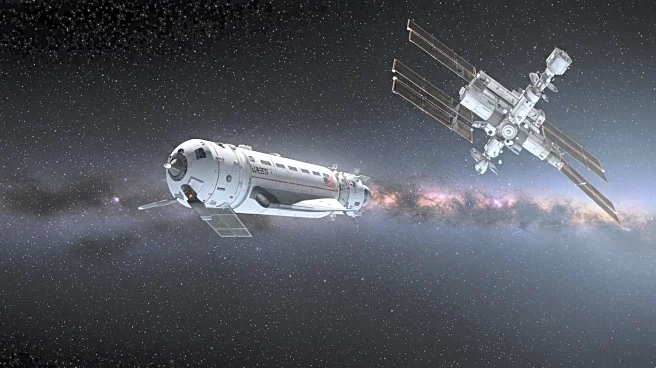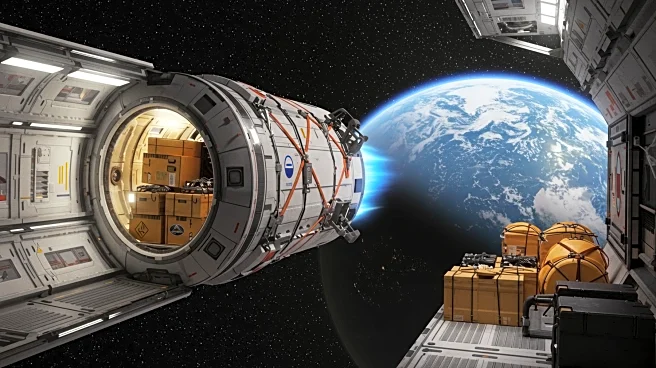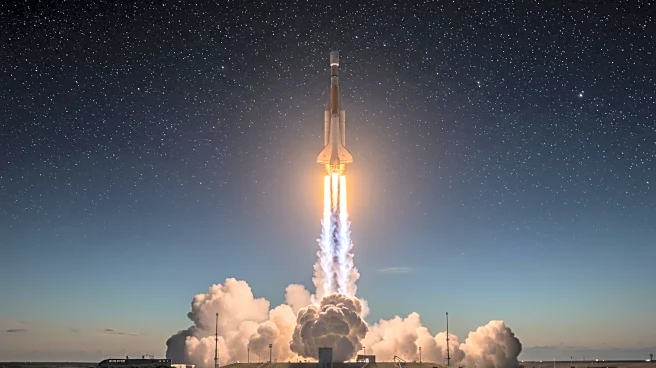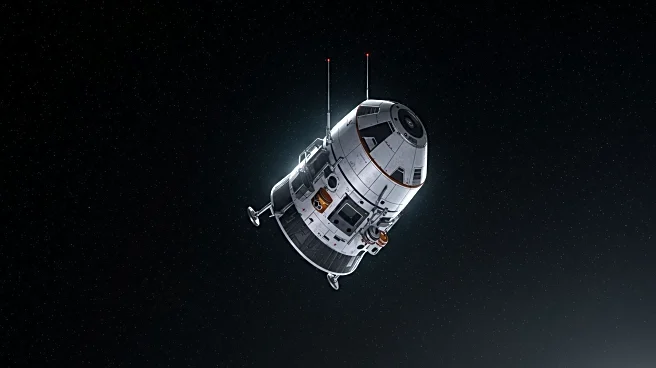What's Happening?
SpaceX is set to launch its CRS-33 mission, featuring a groundbreaking propulsion system designed to reboost the International Space Station (ISS). The new system, integrated into the Dragon spacecraft's trunk, represents a significant advancement in space transportation technology. This innovation aims to reduce the ISS's reliance on external systems, such as the Russian Progress vehicles, for orbital boosts. By utilizing two Draco engines, the system addresses the issue of orbital decay caused by atmospheric drag, ensuring the station's altitude is maintained more efficiently.
Why It's Important?
The introduction of SpaceX's new propulsion system is a pivotal development in aerospace engineering, potentially transforming how the ISS is maintained. This advancement could lead to greater autonomy for the ISS, reducing dependency on international partners for orbital adjustments. It highlights SpaceX's commitment to pushing the boundaries of space technology, which may influence future collaborations and innovations in the aerospace sector. The system's success could pave the way for more sustainable and cost-effective solutions in space exploration and station maintenance.
